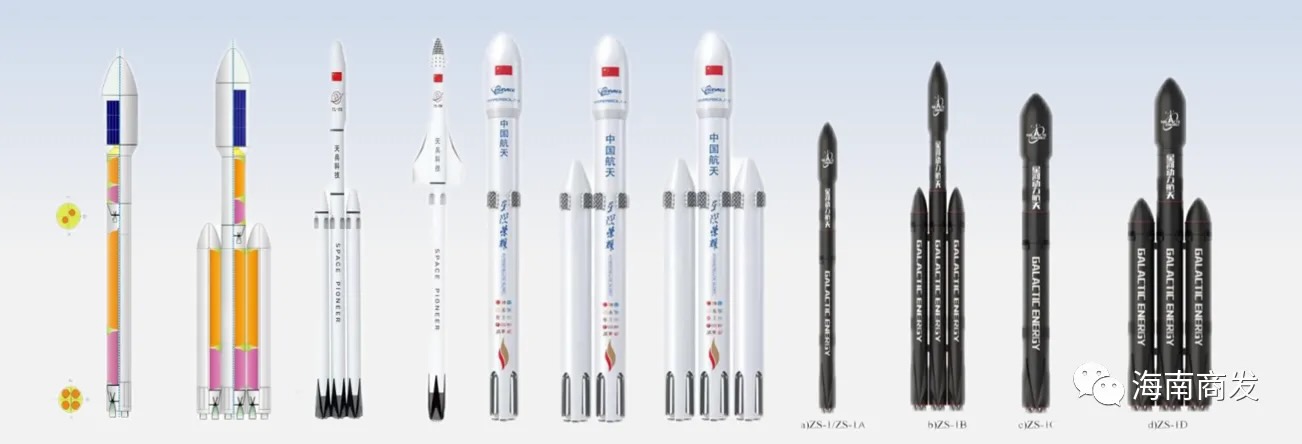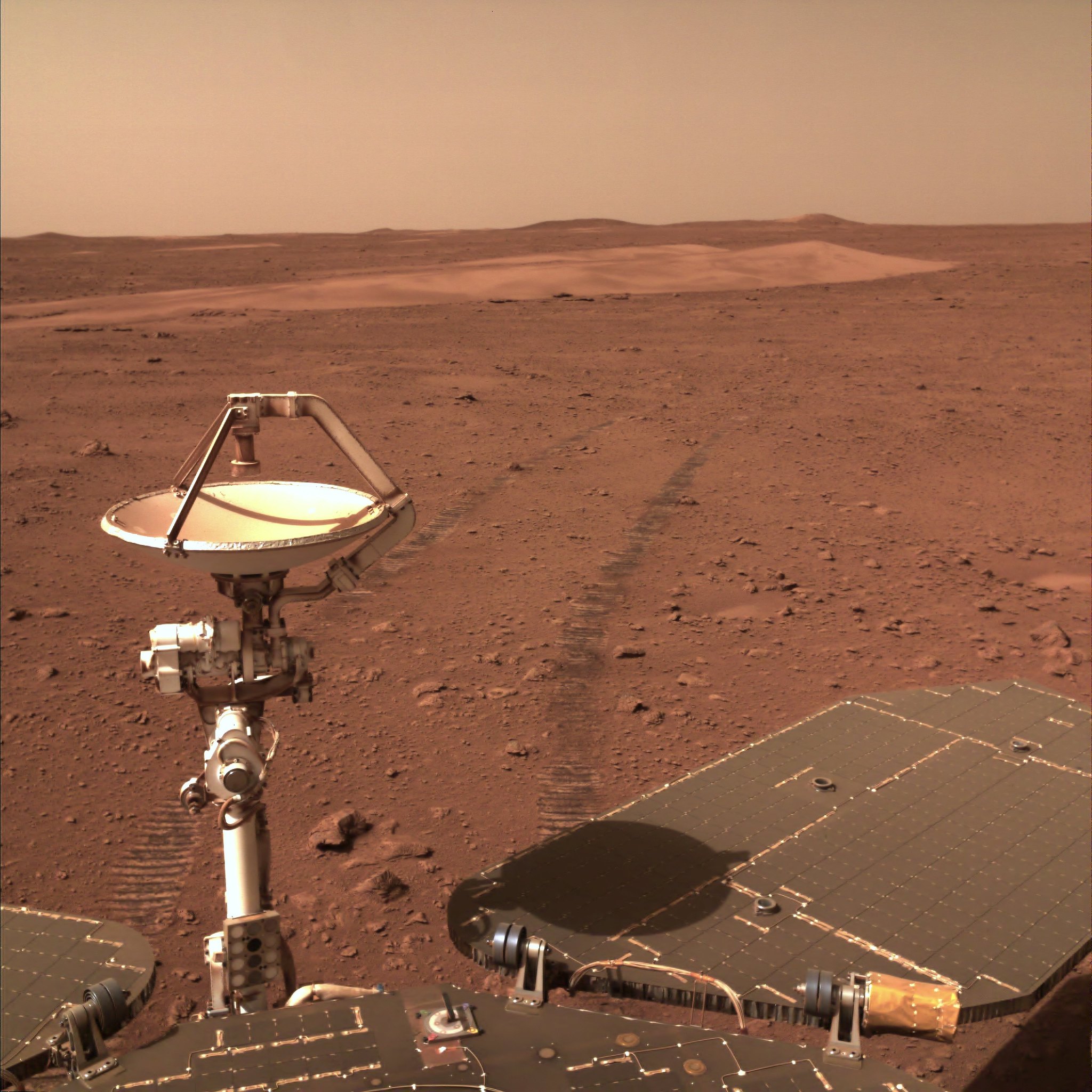by78
General
The latest satellite image shows the Zhuque-2 rocket has been erected in preparation for launch (note the shadow showing the rocket's upright position).

Mission patch for the upcoming second launch of Zhuque-2.

The second launch of the Zhuque-2 rocket is scheduled for July 12, 2023.








